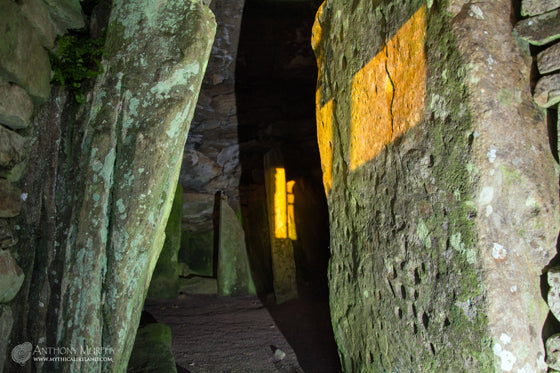
St. Brigid's Day and Imbolc are not the same thing
Many of you will know that 1st of February is the date upon which St. Brigid's Day is always celebrated in Ireland. You may have also heard of Imbolg or Imbolc, the ancient and probably pre-Christian "cross-quarter" festival marking the beginning of spring?
In this age of the internet, social media and search engines, when we seek answers to simple questions, people often just take the first answer that comes along as some sort of definitive truth.
When you do a Google search for Imbolc, you will find many websites that claim that it is celebrated on 1st of February every year. Some of those websites even say it is the halfway point between winter solstice and vernal or spring equinox. But it's not. A simple calculation reveals that the cross-quarter festival of Imbolc can NEVER fall on 1st of February. In fact, it generally falls between 3rd and 6th February - it is a moveable feast because of such things as leap years and because the moment of winter solstice (the sun's lowest declination) does not always occur on 21st December, and the vernal equinox does not always fall on 20th March.
Every year on 1st February, without fail, I see many Facebook profiles, groups and pages wishing everyone a "happy Imbolc". I do not celebrate Imbolc on 1st February because of the previously-mentioned fact that it cannot fall on 1st February. I should also mention that as an agnostic, I don't "celebrate" the cross-quarter days with any sort of ritual, rather just preferring to acknowledge in my own quiet way the genious of distant ancestors (and indeed those who built the passage-tombs of Ireland 5,000 years ago who are not, in fact, related to us genetically but whom we might think of as ancestors in spirit) who constructed huge astronomically aligned monuments all those millennia ago.

The fact that Saint Brigid's Day is celebrated on 1st February is most likely a convenience of the Gregorian Calendar. The fact that it falls CLOSE to the date of Imbolc is significant, and probably tells us something of probable common origins of both celebrations. Just as Christmas Day falls about four days after winter solstice, and Easter is calculated by the first full moon after vernal equinox, Brigid's Day conveniently occurs close to a signficant solar astronomical date.
Imbolc is that time of year when the ewe's milk comes - which is precisely the meaning Cormac gives for Imbolc in his famous 10th century glossary - "Óimelc ('beginning of spring'), i.e. ói-melg 'ewe'milk', i.e. that is the time that sheep's milk comes..."
It is a curious, if not fascinating, quirk of Cormac's Glossary that under his entry for "Brigit", he writes entirely about the "pagan" or pre-Christian Brigid, the one who was a "poetess, daughter of the Dagda". Dagda was the chief of the Tuatha Dé Danann, the deities who are associated with the Stone Age monuments in mythology. He was the one who built Newgrange (Síd in Broga) and who controlled the weather and the harvest. Cormac (a bishop and king of Cashel) does not refer to the Saint Brigid, even though he was a religious man and her hagiographies (saint biographies) date as early as the 6th century.
Cormac makes no mention either of Brigid when he writes about Óimelc (Imbolc). There may never have been a distinct connection between Brigid (either the pagan or Christian Brigid) and Imbolc, but there are more learned scholars than me who may be able to shed light on that subject.
Calculating Imbolc
We can fairly quickly determine the actual date of Imbolc 2023 using simple maths. As Imbolc is said to lie halfway between winter solstice and vernal equinoxes (measured in days, not in the apparent position of the sun at sunrise on those dates!), we can find out how many days lie between winter solstice and spring equinox and divide by two.
Winter solstice 2022, which I was delighted to celebrate at Síd in Broga for five mornings last December, fell at exactly 9.47pm on Wednesday 21st December. That was the moment of the sun's lowest declination in the sky.
Spring equinox 2023 will occur at 9.24pm on Monday, 20th March 2023.
There are, according to my calculations, 89 days between 21st December 2022 and 20th March 2023. Divide by two and we get 44.5 days. Adding those 44 and a half days to 21st December, we find that the cross-quarter date of Imbolc in 2023 falls sometime in the early hours of 4th February 2023.
Easy peasy.
If you want EVIDENCE that this is an astronomical date that was marked in pre-Christian and in fact prehistoric Ireland, you only need visit Dumha na nGiall (The Mound of the Hostages at Tara) or Cairns U and L at Loughcrew, which are all aligned towards sunrise at the time of year when the sun is halfway between winter solstice and spring equinox (in days).
Cairn L in particular features a most beautiful visual spectacle in which the Imbolc sun rises out of a ruined cairn on another hill, Carrigbrack, and shines its light on to a slender limestone pillar in the chamber of the cairn, scattering light onto the largest and most decorated of its chamber stones. This event is shown in the photo below, and described in some detail in my Mythical Ireland book.

Significance of cross-quarter days
But the cross-quarter dates are not just arbitrary mathematical calculations. They all coincide with observable and noticeable changes in the weather, the length of day and the landscape itself. Imbolc is the time when the ewes come into milk, when the first flowers appear and when the day noticeably lengthens.
Bealtaine (the cross-quarter date halfway between spring equinox and summer solstice) marks the beginning of summer and the trees coming into leaf. Lughnasa (halfway between summer solstice and autumn equinox) marks the beginning of the harvest, when the crops are ripe and ready for reaping. Samhain (halfway between autumn equinox and winter solstice) marks the beginning of winter, the death of vegetation, the falling of the leaves and the rapid shortening of the days that began at Lughnasa.
The cross-quarter dates are distinct visual clues to the drama of the seasons and the changing patterns of the year, and all can be related to agriculture. The builders of the Neolithic monuments of Ireland were this country's pioneering farmers.
So I wish you all a very happy Saint Brigid's Day. If you want to read more about Brigid, I recommend this article and this article. However, I will hold off on wishing you a Happy Imbolc for another few days. This Saturday, 4th February 2023, I will celebrate Imbolc. In honour of those who did so in far-off prehistory, I invite you to do the same, and not to confuse Brigid's Day with Imbolc. As convenient as the modern calendar might be, it does not take much heed of the pre-Christian calendar which was in use here in the deep mists of prehistory.

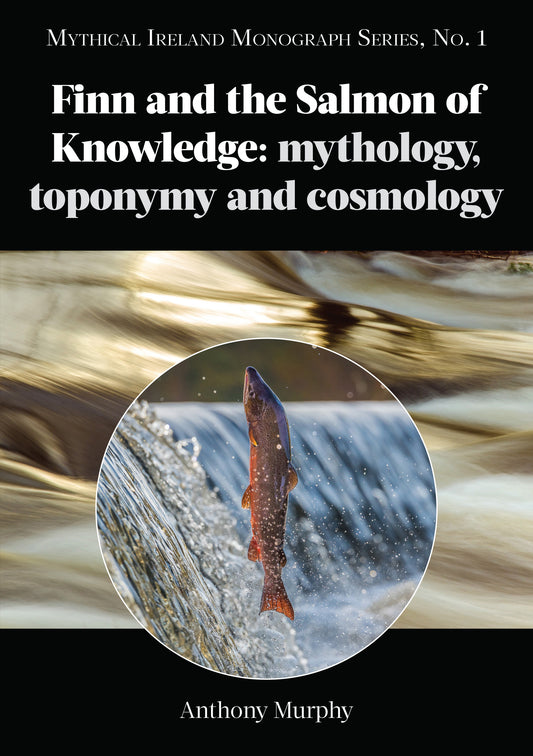
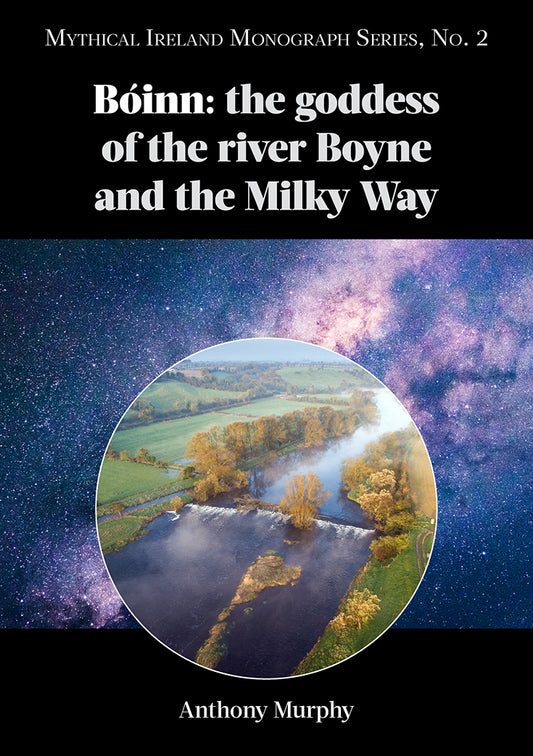
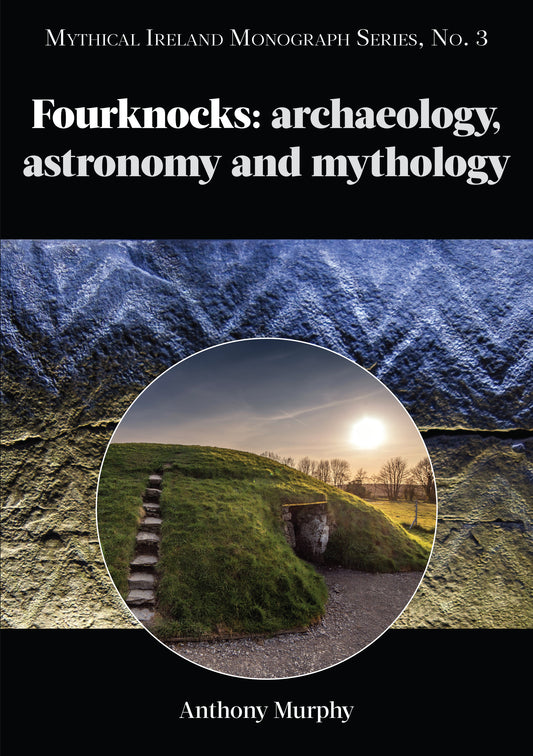
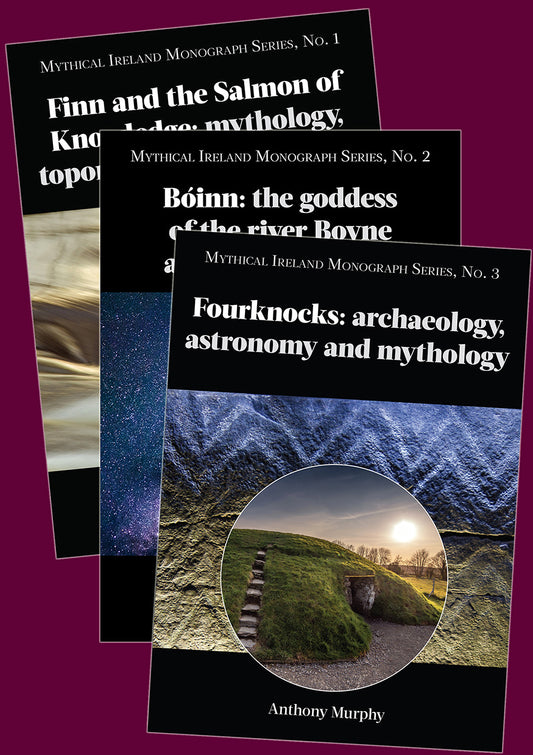
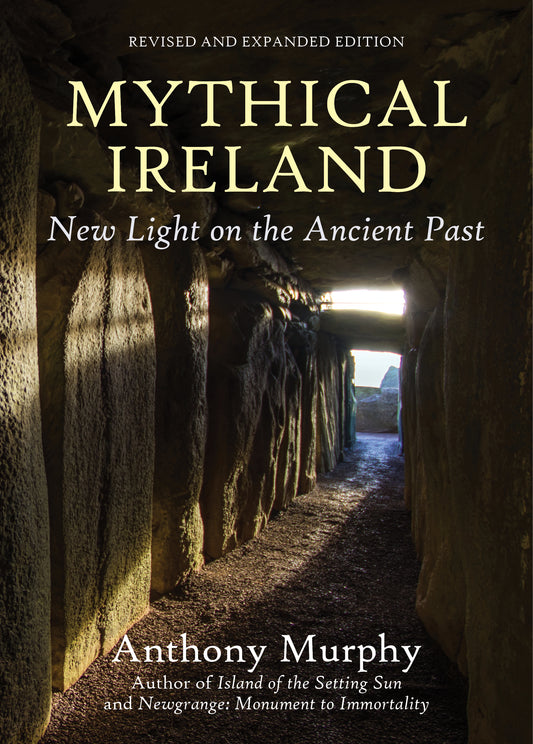
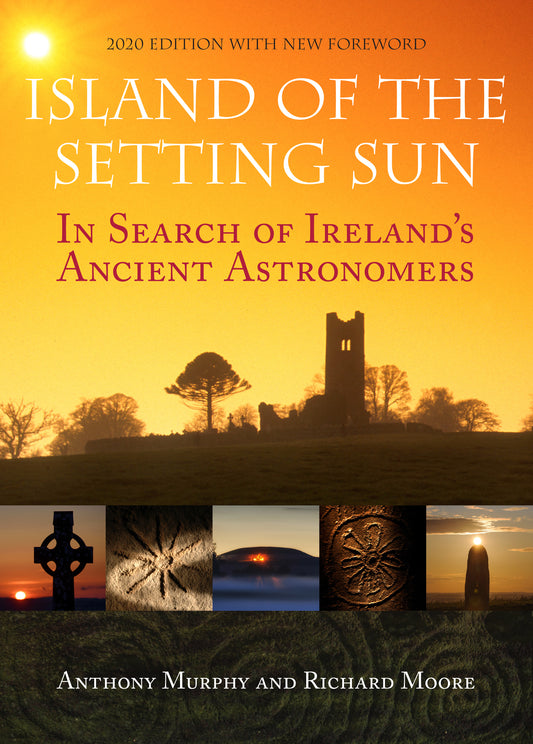
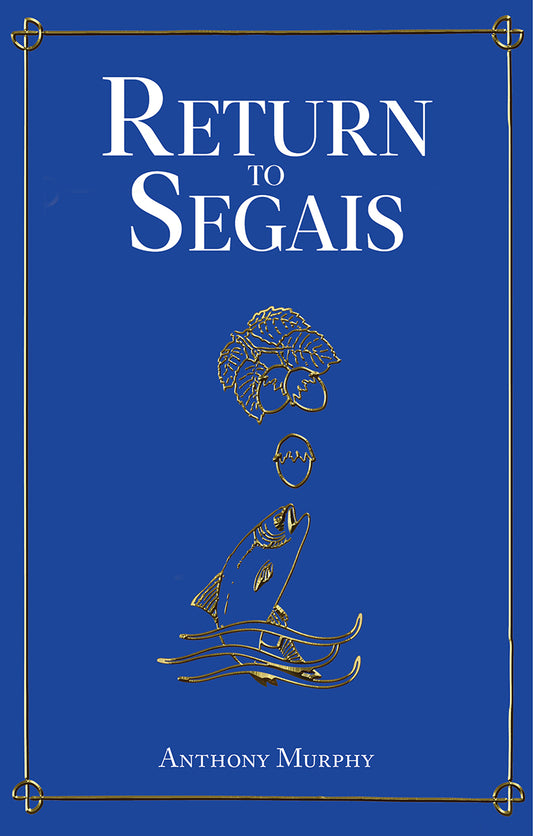
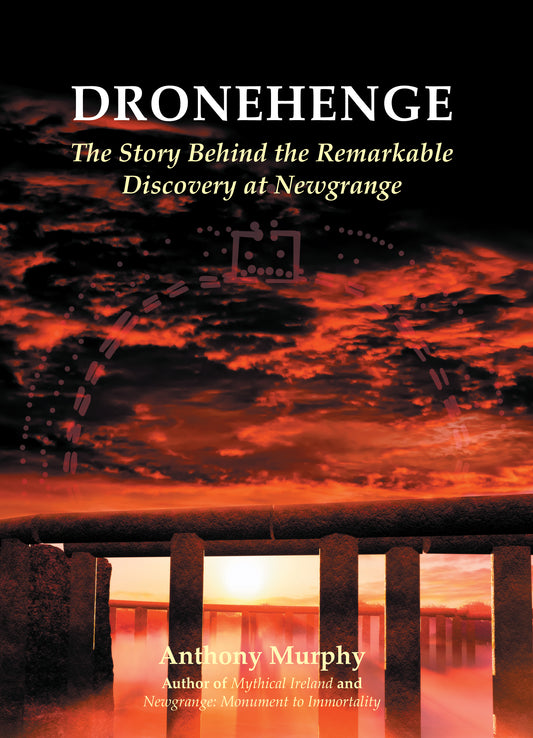
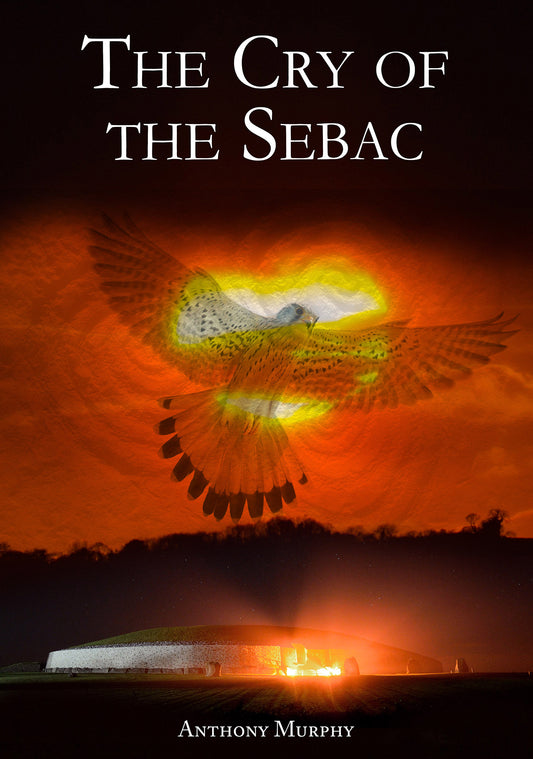
12 comments
Rita Greene, if it is pagan nonsense, then why did the Christian church steal almost all their holidays and celebration from the pagans?
I find it hard to believe they aren’t related to us by some small amount of blood, when they built in Ireland, thank you for your very informative article .
Hello! I found your website after a long search to find sources who know that setting Imbolc (aka Candlemas) at Feb. 2nd every year is due to the adoption of the Gregorian calendar (and papal bulls). Except for setting the date of Easter, we don’t “honour” ancient solar-lunar ways. Here’s what I have been told by people who say they observe ancient ways. The 8 solar and lunar festivals of (“Celtic”) ancient peoples were based on 4 major solar “events” (equinoxes and solstices), and on New moons and Full moons between them. Two Lunar events are based on FULL moons and two on NEW moons. For Lunar Imbloc it is the NEW Moon halfway between Winter Solstice and Spring Equinox (In 2024, PST, that is at 2:59 p.m. Feb. 9th.) Lunar Beltane: the FULL moon between Spring Equinox and Summer Solstice (Apr. 23/24 at 4:49 PST). Lunar Lammas: the FULL moon between Summer Solstice and Fall Equinox (Aug. 19/24 at 11:26 a.m.P.S.T.) Lunar Samhain: NEW moon between Fall Equinox and Winter Solstice (Nov. 1 at 5:47 a.m. P.S.T.) — Source of dates and times: We’Moon 2024. (Hopefully, I transferred those dates and times accurately from the book.) I think the “energy” of the full moon vs the new moon at those times of the year is important.
Pagan nonsense.
Brilliant writing. Many thanks for this Anthony.